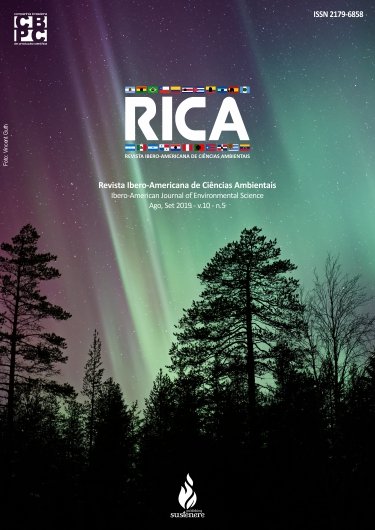Application of artificial neural networks in Mato Grosso do Sul's gross domestic product forecast as a function of sugarcane, sugar and ethanol production
DOI:
https://doi.org/10.6008/CBPC2179-6858.2019.005.0019Keywords:
Sugarcane Production in MS, Sugar Production in MS, Ethanol Production in MS, GDP Prediction of MS with RNAAbstract
The production of sugar cane and its derivatives contributes significantly to the increase of the Gross Domestic Product of the state of Mato Grosso do Sul (MS). Public managers and industry executives need information so that their decisions related to production, taxation, among others can have better quality. For this, the prediction techniques contribute to this process. Given the above, this paper sought to answer what is the predictive capacity of Artificial Neural Networks (ANNs) to explain the Gross Domestic Product of MS as a function of independent variables, sugarcane production, sugar and ethanol? Thus, the main objective of this work is to estimate the Gross Domestic Product of MS related to sugarcane, sugar and ethanol production using ANNs. Specific objectives: to verify the correlations between the variables involved in sugar and ethanol production from sugarcane; build, train and validate an ANN model with these variables; use the constructed and validated model to make predictions. The relevance of the research is the use of this important prediction tool to predict the cash flow that will be demanded with the increase of sugarcane production, sugar and ethanol, and can plan investments to provide better living conditions. To the population, not only around the mills, but in the state that will benefit as a whole. Observing the collected data and the proposed objectives, this work is classified as exploratory descriptive. The time series under analysis comprises the range from 2002 to 2015. The software used to construct the ANN was the Statistical Package for the Social Sciences (SPSS). It was concluded that the ANN predicted model was able to explain the behavior of the MS GDP as a function of the independent variables described. Moreover, the model presented satisfactory values ​​and observations for its validation. Finally, using hypothetical data for the independent variables, the predicted and validated model was used to make a prediction with significant security.
Downloads
Downloads
Published
Issue
Section
License
The CBPC - Companhia Brasileira de Produção Científica (Brazil CNPJ: 11.221.422/0001-03) the material rights of the published works. The rights relate to the publication of the work anywhere in the world, including rights to renewals, expansions and dissemination of the contribution, as well as other subsidiary rights. All electronically published works may subsequently be published in printed collections under the coordination of this company and / or its partners. The authors preserve the copyright, but are not allowed to publish the contribution in another medium, printed or digital, in Portuguese or in translation.









